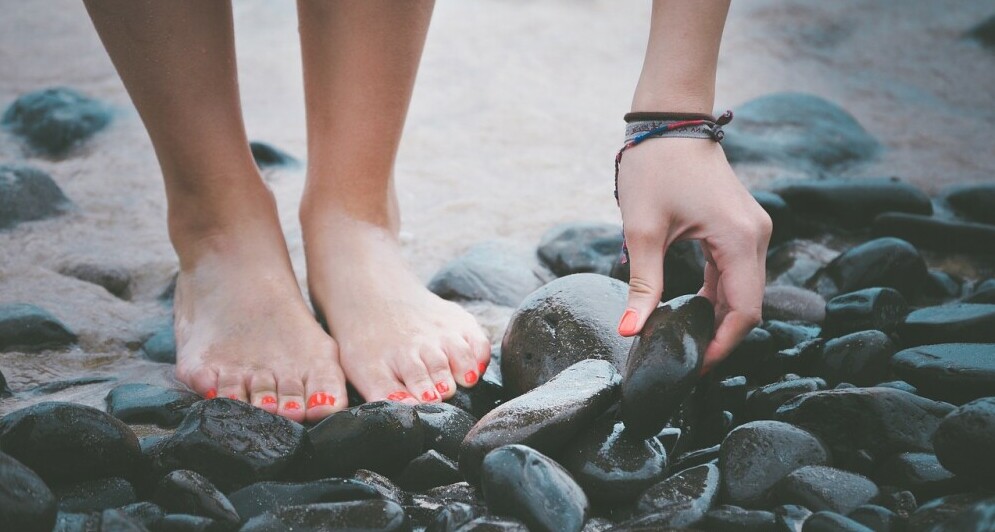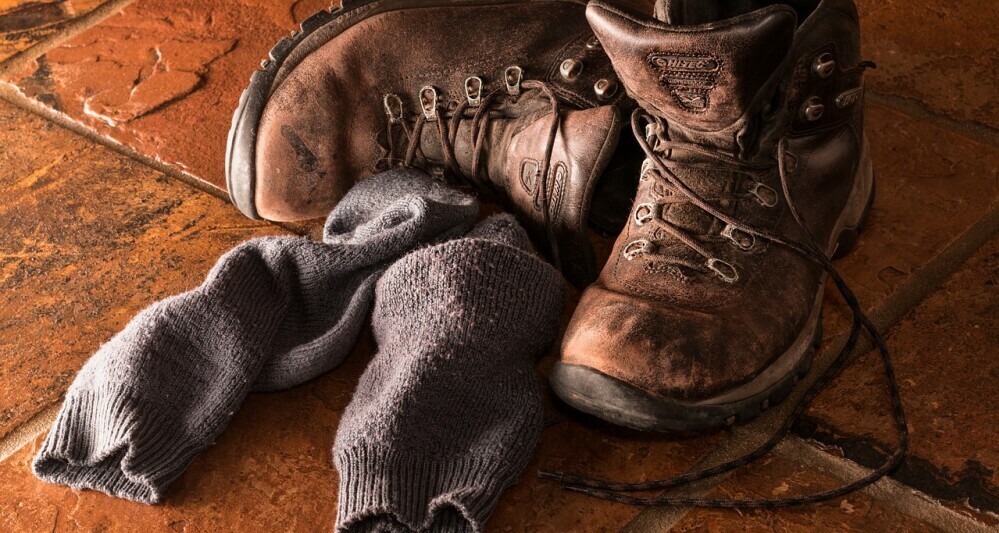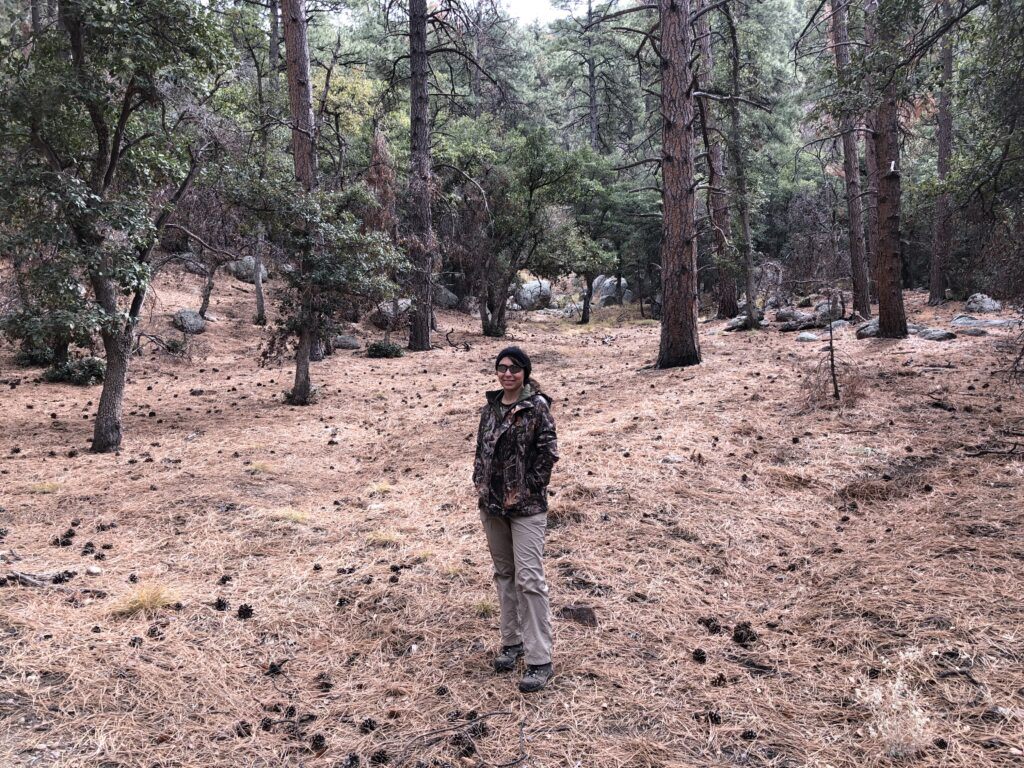Taking good care of your toes will go a long way in how much you enjoy hiking!
Think about the job your feet and toes have- Your feet support your weight, grip the ground to prevent slips, and withstand constant pressure. This strains not just your muscles and joints but also impacts your toes. Your toes help you keep your balance on uneven terrain, absorb the shock of each step, and propel you forward.

Whether it’s blisters, ingrown toenails, or more serious cases like hammertoes, these are all possible issues that hikers face. Recognizing the warning signs early can save you a lot of trouble down the road.
Sore or injured toes can slow you down, distract you from the beauty around you, and even pose a risk if they get too serious. So, I’m here to help you understand the common toe problems and more importantly, how to prevent them. I also discuss selecting proper footwear, practicing essential foot care, and the importance of foot conditioning.
You’ll find what works best for your situation to make sure those toes stay as happy as you are while hiking those breathtaking trails.
{Some of the links in this guide go to my trusted affiliates. You pay nothing extra, and PeakFitnessOutdoors.com may make a small commission. Thank you so much for supporting this website and helping to inspire others to be healthy outdoors!}
Top 5 Toe Problems Encountered by Hikers
Blisters are the most common nuisance on the trail. They’re caused by friction, and while they might seem trivial, they can turn a pleasant hike into pure agony. Preventing them starts with well-fitting boots and moisture-wicking socks. If you do end up with a blister, padding it with moleskin and keeping it clean is key. And remember, popping a blister is a last resort and can lead to infection if not done properly. If you really need to, keep the area clean, consider using a sterile needle to drain large blisters, and cover them with a bandage.
Ingrown Toenails are painful and can be caused by bad fitting footwear or improper nail trimming. To avoid this, cut your toenails straight across and wear shoes with a wide toe box if necessary. If an ingrown toenail does occur, soaking in warm water and gently lifting the nail can provide relief. However, if the pain persists or signs of infection appear, it’s time to see a professional.
Next, we have Toe Fractures, which can happen more easily than you think. A misstep or a heavy rock can be all it takes. Recognizing a fracture includes pain, swelling, and sometimes an obvious deformity. Keep weight off of it, and apply the R.I.C.E method (Rest, Ice, Compression, Elevation) until you can obtain medical attention. The link I provided is to WebMD. More recently, there’s been debate to this method. There are some professionals who believe R.I.C.E is outdated and that movement is the key to healing.
Another issue-Black Toenails are usually caused by repetitive trauma – think toe bumping the front of your shoe. This can happen more often if you are bumping your toe a lot on the down hills. To prevent this, make sure your shoes are the right size and your toenails are trimmed. If you do get a black toenail, it’s typically just a matter of waiting for it to heal on its own. But if it becomes painful, medical assessment is a good idea.
Lastly, Bunions form over time and can be exacerbated by hiking. They appear as bony bumps at the base of the big toe. Good fitting footwear is your best defense; consider orthotics if you’re prone to this issue. While you’re healing, Toe Separator socks like these from Etsy can make you more comfortable! There are also specific exercises that can strengthen your feet. Severe cases might even need surgery, so if discomfort increases, a podiatrist’s input is invaluable.
Preventative Steps to Happy Hiker Toes

Now that you understand the top toe troubles that could sideline your adventure, let’s focus on keeping your feet healthy.
Have you ever thought of performing toe conditioning exercises before your hike? Simple routines like picking up marbles or crunching a towel with your toes can strengthen the muscles and improve flexibility. ..and potentially prevent injuries. Think about toe yoga—yes, it’s a thing—and don’t forget to give those little piggies a good stretch!
During your hike, take care of your feet. Keep them dry and clean, change socks if necessary (on those longer hikes) and take care of those hot spots before they turn into blisters. After your hike, it’s important to let your feet, especially your toes, rest and recover. A cool foot soak can be just the thing after a long day on the trails.
Lastly, if you’re dealing with persistent toe problems, don’t tough it out. Consult a podiatrist. They can offer specialized advice and treatment options that could make all the difference for your hiking future. Remember, taking care of your toes is an investment in your hiking enjoyment and overall foot health.
Hiking Care & Foot Wear
Choosing the right footwear is one of the key factors to limiting toe issues. Not only is it about getting the right size, but your hiking boots/shoes must also be suitable for the terrain and weather. That means waterproof boots for wet conditions, breathable materials for hot climates, and always ensuring a snug, but not tight fit.
Hiking boots or shoes should provide a comfortable fit without squeezing your toes. Try on shoes later in the day when your feet are slightly swollen – that’s going to give you the best sense of fit for those long days on the trail. Go somewhere like REI, where the employees are experienced hikers and can make great recommendations.
The right pair of socks can be just as important as the right pair of boots. Look for materials that wick moisture away from the skin to keep your feet dry, as dampness can lead to blisters. You might also want to consider toe socks or double-layered socks for additional protection.
Finally, a smart hiker is a prepared hiker. Pack a footcare kit with blister plasters, antiseptic wipes, and anti-chafing cream. If you feel a hot spot developing on your toe, don’t wait; stop and address it immediately to prevent a blister.
In summary, sometimes home remedies and over-the-counter treatments just don’t cut it. That’s when it’s time to step up the care and see a professional. Podiatrists can offer more specialized care and treatment, ensuring that you’re back on the trails with happy feet in no time.
Keep in mind, dealing with toe issues after hiking isn’t just about treatment – it’s about adjusting to what your body tells you and learning for the future. Your first hike after recovery doesn’t need to hit the hardest trails. Ease into it and give your toes the respect they deserve.

